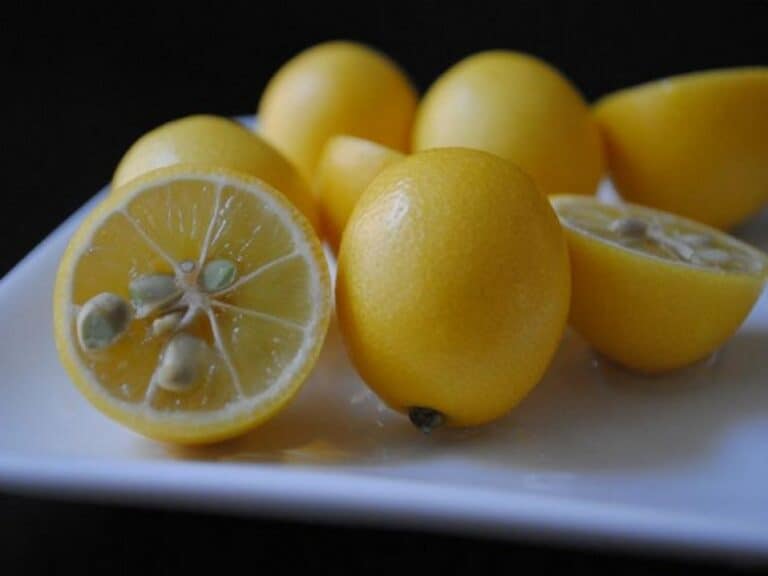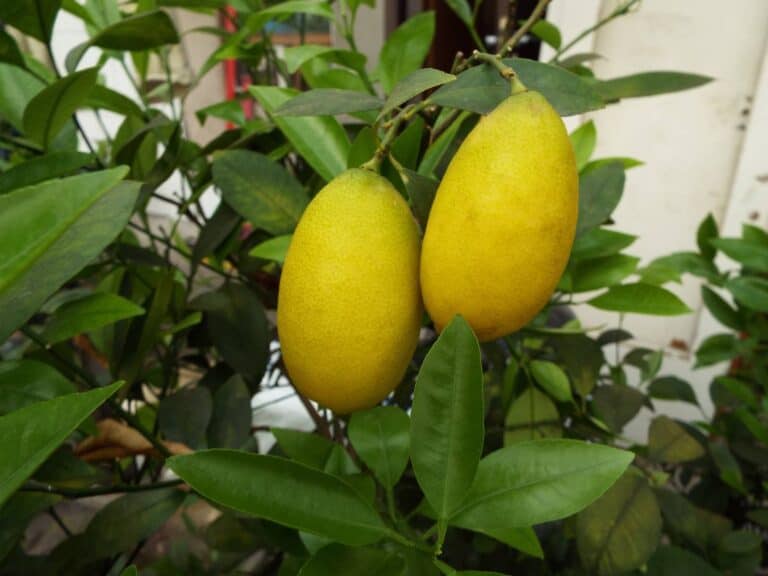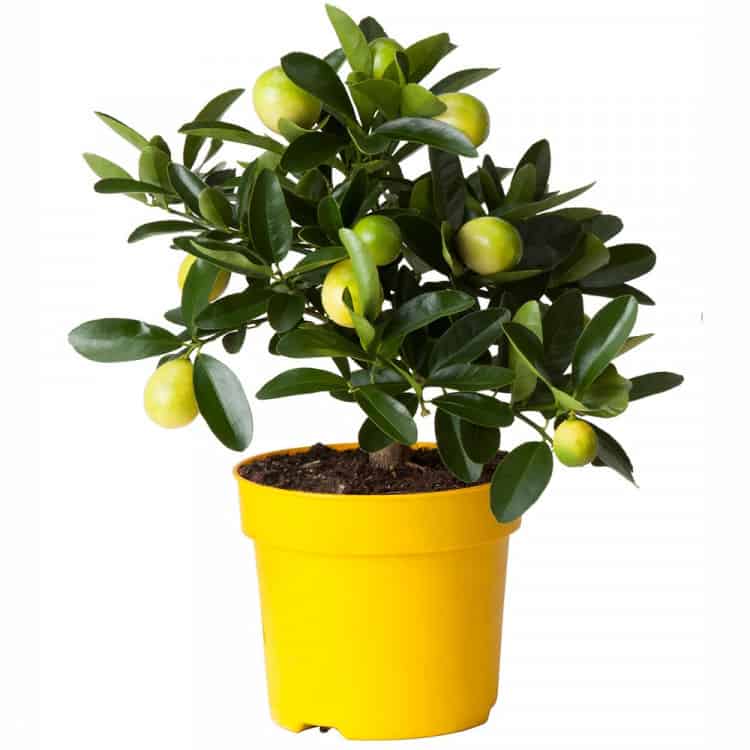About Limequat fruit | What foodiesuite Can Teach You
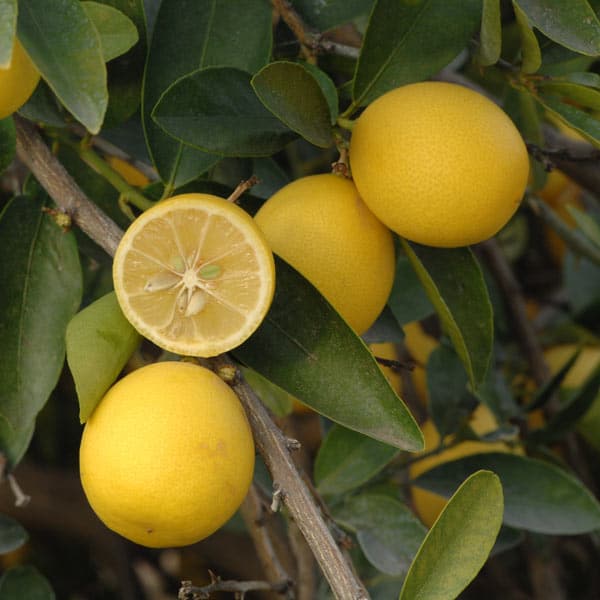
In this topic, we will tell you all about the limequat fruit; you will know through us all the details about fruit so if you are interested, read on to the last article.
Limequat fruit
Limequats are from the citrus family and are very small in size, averaging 3-4 centimeters in diameter, and are spherical and elliptical.
It is oval.
Their skin is thin, smooth, and shiny, covered with small oil glands, and turns from green to yellow with maturity.
Under the skin, the flesh is tender, succulent, pale yellow to greenish, contains few edible seeds, and is divided into 7-8 sections by thin white membranes.
Limequats have an attractive floral scent. Some people grow them because of their wonderful aroma and distinctive shape as a garnish, and when consumed fresh and whole with the skin on, they have a very delicious flavor.
The limequat fruit is a source of vitamin C and folic acid, as it contains unimaginable amounts of vitamin C and carries more than the rest of the citrus family.
Limequat fruit is an excellent source of vitamins A and C and also contains a lot of antioxidants that work to boost your immune system by protecting the body from external harmful environmental factors. The fruits also contain calcium, potassium, zinc, magnesium, and iron.
It is considered one of the distinctive fruits because it contains many features that are difficult to find in many fruits,
as it has a bright and fantastic shape and a beautiful aroma as well as a delicious taste. It contains this amount of vitamins and minerals, and it is easy to fertilize and cultivate. It makes it a unique fruit.
More details about limequat fruit
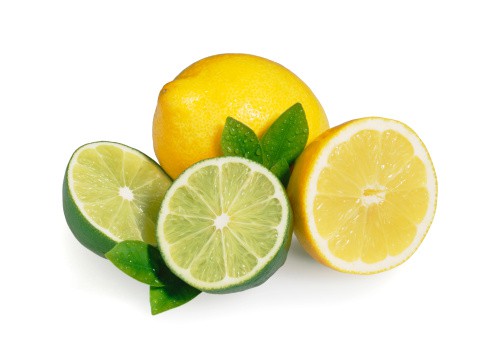
Limequats were first hybridized in Florida in 1909 by Walter T Swingle of the US Department of Agriculture
and introduced to the market in 1913. Today, you can find limequats in markets in the United States, Malaysia,
Europe, India, South Africa, and Japan.
There are home gardens, and people fertilize them to take advantage of what they contain. Vitamins and minerals
benefit the body and decoration, as they have attractive colors and a wonderful smell.
Conclusion
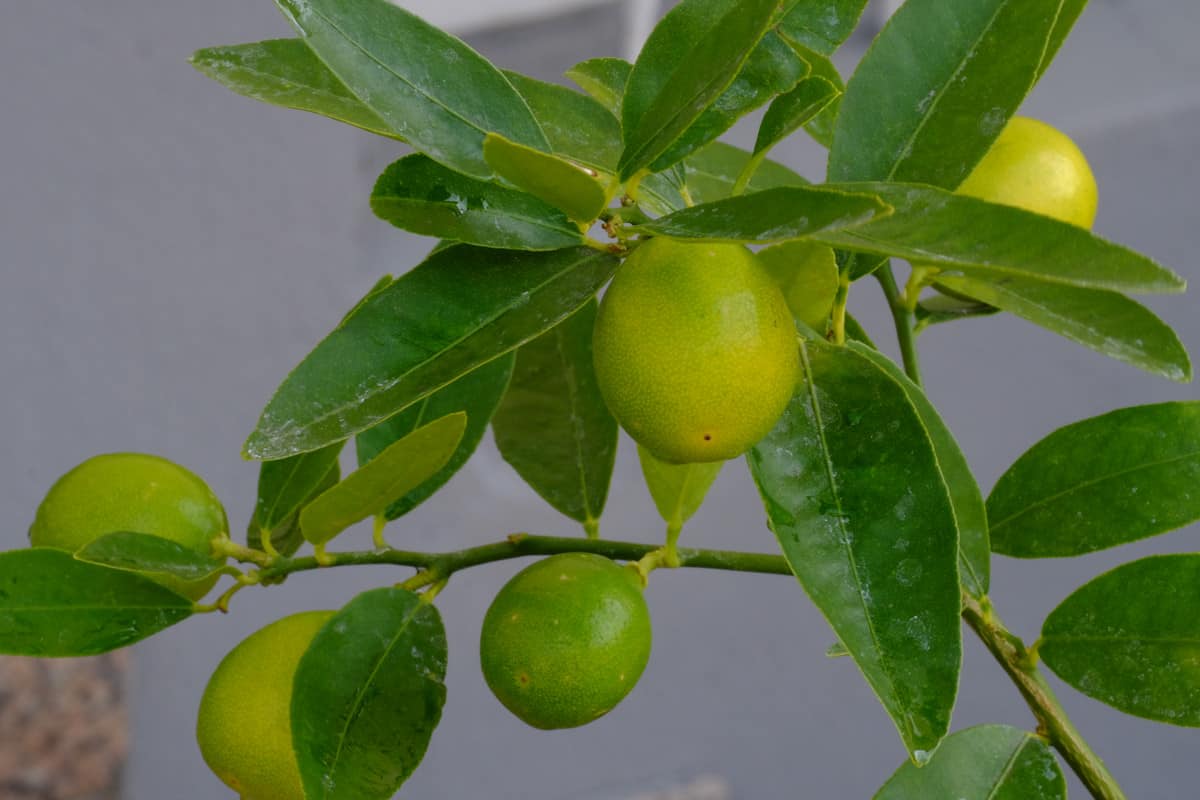
You can also use limequat fruit in fabulous recipes.
The seeds are often removed because they impart a bitter flavor, and the fruit can be chopped and added
raw to green and fruit salads or used as an edible garnish for main dishes and appetizers due to its distinctive, attractive shape.
You can also cook it in marmalades, jams, and jellies or use it as a substitute for the prominent lemon or lime you
use in many foods. In sweet recipes, Limequats can be sweetened whole, cooked in syrup or glaze, dipped in caramel,
or sliced and used as a garnish around pies, muffins, and cake.
Limequat can also be used to make juice. It has a unique citrus flavor in specialty cocktails,
and the fruit can be pickled or preserved to add a citrus-salty flavor to fish and chicken dishes.
Limequats pair well with meats such as poultry, beef, pork, fish, avocado, berries, persimmon, lychee,
vanilla, and chocolate. The fruits will keep for up to one month when stored whole in a closed container in the refrigerator.
Read More: Find A Quick Way To Uses for Limequats

